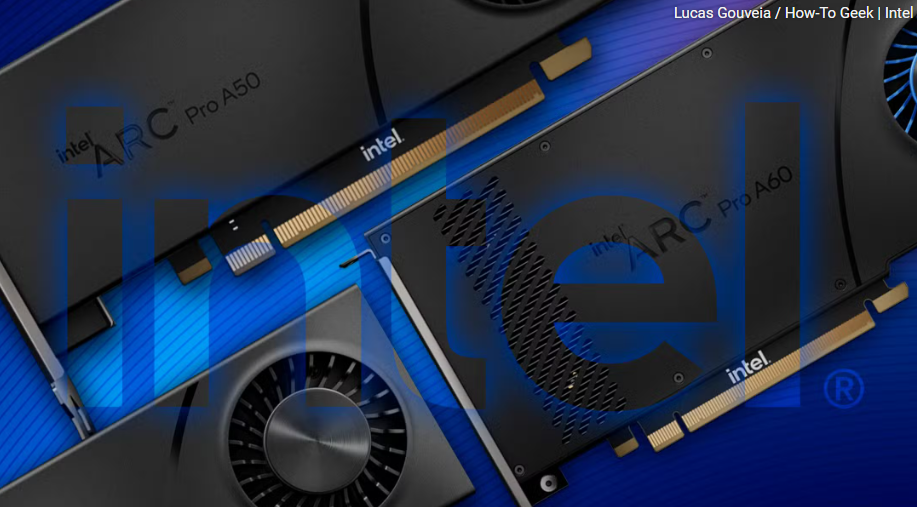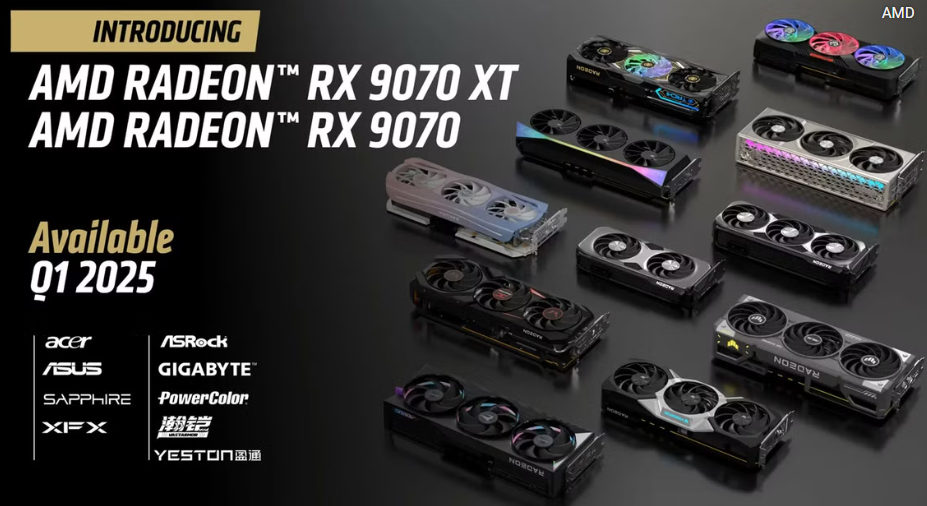Intel’s foray into the discrete GPU market has been a topic of much discussion and speculation. While the company has faced challenges and skepticism, recent developments indicate that Intel is not stepping back from its ambitions in this competitive space. This article dives deep into Intel’s journey with Arc GPUs, its challenges, achievements, and the road ahead.
The Beginnings of Intel Arc GPUs
Intel’s venture into discrete GPUs was officially announced in 2021 with the unveiling of the Intel Arc brand. Named after the idea of an “arc” that spans across generations, Intel aimed to establish a long-term presence in the graphics market, challenging industry giants NVIDIA and AMD.
What Are Intel Arc GPUs?
Intel Arc GPUs are discrete graphics processing units designed for gaming, content creation, and other GPU-intensive tasks. Unlike integrated graphics found in Intel CPUs, these GPUs are standalone cards aimed at delivering higher performance and competing directly with NVIDIA’s GeForce and AMD’s Radeon series.
Initial Reception and Challenges
The launch of the first-generation Arc GPUs, codenamed “Alchemist,” was met with mixed reactions. While the cards demonstrated promising features such as hardware-accelerated ray tracing and AI-powered super sampling, they struggled with:
- Driver Issues: Early adopters reported inconsistent performance and software bugs.
- Performance Concerns: The GPUs often lagged behind NVIDIA and AMD counterparts in raw power.
- Market Positioning: Intel faced difficulty positioning its GPUs in a market already dominated by well-established players.
Intel’s Commitment to Arc GPUs
Despite the hurdles, Intel has signaled its commitment to the Arc GPU lineup through strategic investments and announcements. The company’s approach suggests a long-term vision rather than a short-lived experiment.
Key Investments and Developments
1. Dedicated GPU Division
Intel’s creation of the Accelerated Computing Systems and Graphics (AXG) division underscores its seriousness about GPUs. This division is tasked with developing not only gaming GPUs but also solutions for data centers and AI workloads.
2. Ongoing Driver Updates
Intel has made significant strides in improving the software side of its GPUs. Regular driver updates have addressed early performance issues, bringing better compatibility and stability to Arc GPUs. Benchmark tests from 2023 showed notable improvements compared to launch-day performance.
3. Second-Generation GPUs in Development
Codenamed “Battlemage,” the second-generation Arc GPUs are in active development. These GPUs aim to build on the lessons learned from Alchemist, with a focus on:
- Enhanced performance per watt.
- Better ray tracing capabilities.
- Improved AI-driven features like XeSS (Xe Super Sampling).
Why Intel Isn’t Giving Up
Several factors indicate Intel’s determination to stay in the discrete GPU market:
1. Market Potential
The GPU market is a lucrative space, with demand for gaming, AI, and data center solutions growing rapidly. Intel sees an opportunity to capture a share of this market by offering competitive products.
2. Diversification Strategy
Intel’s focus on GPUs is part of a broader diversification strategy. By expanding beyond CPUs, the company aims to reduce its reliance on a single product line and compete more effectively with companies like NVIDIA and AMD.
3. Industry Partnerships
Intel has forged partnerships with major game developers and software companies to optimize performance for Arc GPUs. These collaborations are critical for ensuring that games and applications run smoothly on Intel hardware.
Features of Intel Arc GPUs
Intel has introduced several innovative features with its Arc GPUs to differentiate itself from competitors:
XeSS (Xe Super Sampling)
This AI-powered upscaling technology competes with NVIDIA’s DLSS and AMD’s FSR. XeSS uses machine learning to upscale lower-resolution images, delivering high-quality visuals without a significant performance hit.
Ray Tracing
All Arc GPUs support hardware-accelerated ray tracing, a feature that enhances lighting and shadow effects in games. Intel has invested heavily in optimizing ray tracing performance for its GPUs.
AV1 Encoding
Intel Arc GPUs were among the first to support hardware-accelerated AV1 encoding, a next-generation video compression format that offers better quality at lower bitrates compared to older standards like H.264 and HEVC.
Competitive Pricing
Intel has priced its Arc GPUs aggressively, aiming to attract budget-conscious gamers and creators. This strategy positions Arc as a viable alternative to mid-range offerings from NVIDIA and AMD.
Challenges Intel Faces
While Intel’s commitment to Arc GPUs is commendable, the company still faces significant challenges:
1. Competition from NVIDIA and AMD
NVIDIA and AMD have years of experience and well-established ecosystems. Competing with their mature driver support, software tools, and brand loyalty is a daunting task for Intel.
2. Market Perception
Early issues with Arc GPUs have hurt Intel’s reputation in the gaming community. Convincing consumers to give Arc another chance will require consistent product quality and performance improvements.
3. Supply Chain and Manufacturing
Producing GPUs at scale while ensuring competitive pricing is a complex challenge. Intel must navigate supply chain issues and optimize its manufacturing processes to compete effectively.
The Road Ahead for Intel Arc GPUs
Intel’s future in the discrete GPU market depends on its ability to execute its vision effectively. Here are some key areas to watch:
Second-Generation Arc GPUs: Battlemage
The upcoming Battlemage GPUs will be a critical test for Intel. If these GPUs can deliver competitive performance and reliability, they could significantly improve Intel’s standing in the market.
Expanding the Ecosystem
Intel needs to continue building an ecosystem around its GPUs. This includes collaborating with game developers, creating optimization tools, and fostering a community of users and developers.
Broadening the Target Audience
While gaming is a primary focus, Intel has opportunities to expand into other markets, such as:
- Content Creation: Tools optimized for video editing and 3D rendering.
- AI Workloads: Leveraging Arc GPUs for machine learning and AI applications.
- Data Centers: High-performance GPUs for cloud computing and enterprise use.
Transparency and Communication
Maintaining open communication with consumers and developers will be essential. Regular updates, transparent roadmaps, and addressing feedback can help rebuild trust and enthusiasm for Arc GPUs.
Conclusion
Intel’s persistence in the discrete GPU market demonstrates its ambition to become a major player in the graphics space. While the road has been challenging, the company’s investments in technology, partnerships, and ecosystem development suggest a long-term commitment. With the second-generation Battlemage GPUs on the horizon, Intel has an opportunity to redefine its position in the market and compete effectively with NVIDIA and AMD. For consumers, this competition promises more choices, innovation, and potentially better pricing in the GPU market.



